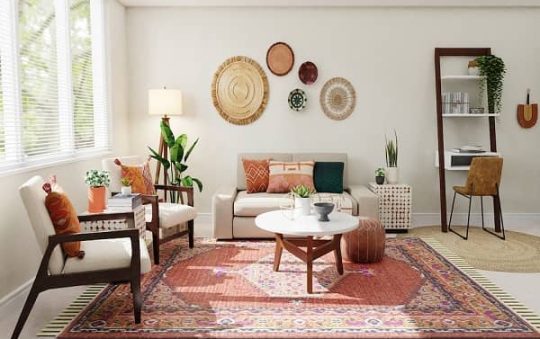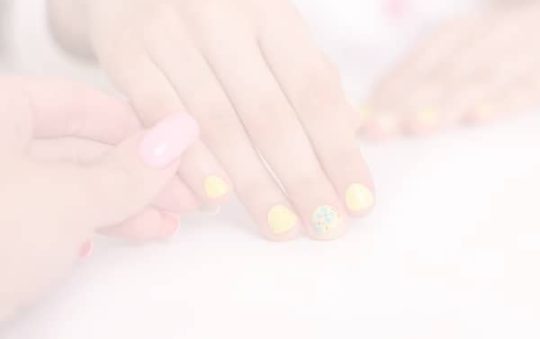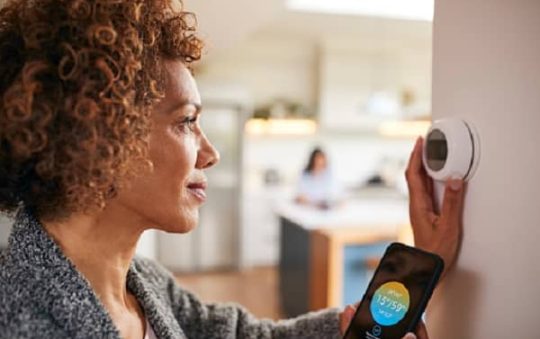In a fast-changing world that recognises the importance of environmentally responsible choices, it’s time to revisit and rethink your lifestyle decisions. Even seemingly small elements, like the doors of your homes, can significantly impact your ecological footprint.
One such conscious choice lies in selecting doors that are robust, beautiful, and kind to the planet. Here, the article spotlighted an innovation that seamlessly blends design, durability, and sustainability – the UPVC bifold doors. Read on to know why installing them is the best choice for a sustainable living.
Contents
Energy Efficiency:
One of the primary reasons why these doors excel in sustainable living is their exceptional energy efficiency. UPVC, or unplasticised polyvinyl chloride, is a highly insulating material that minimises heat transfer between indoors and outdoors. The multi-chambered design of UPVC frames provides additional insulation, reducing energy consumption and enhancing thermal comfort in the home. By minimising heat loss during the colder months and preventing heat gain in the warmer months, these doors help reduce reliance on artificial heating and cooling, thus lowering energy bills and carbon emissions.
Durability and Longevity:
Sustainability is closely tied to durability and longevity, as products that last longer reduce the need for frequent replacements. These doors are known for their exceptional durability, as they resist rot, corrosion, and fading. Unlike traditional timber doors, UPVC doors do not require regular maintenance, such as painting or varnishing, saving both time and resources. With their robust construction, these doors can withstand harsh weather conditions and remain in excellent condition for many years, reducing the environmental impact associated with door replacements.
Recyclability and Reduced Waste:
UPVC is a highly recyclable material, making it an eco-friendly choice for sustainable living. At the end of their lifespan, these doors can be recycled and transformed into new products, minimising waste and conserving resources. The recycling process of UPVC requires less energy compared to other materials, further reducing the carbon footprint.
Indoor-Outdoor Connectivity:
Creating a seamless connection between indoor and outdoor spaces is a key aspect of sustainable living. UPVC bifold doors are designed to maximise natural light and provide unobstructed views, blurring the boundaries between interior and exterior spaces. When opened, these doors create a wide opening, allowing for smooth transitions and enhanced ventilation. By incorporating these doors into your home, you can make the most of natural light, reduce the need for artificial lighting, and enjoy a close connection to nature, thereby promoting a healthier and more sustainable lifestyle.
Also read: Spring Home Selling Tips: Getting Ready for the Sale
Sound Insulation:
In addition to their energy-efficient properties, these doors also provide excellent sound insulation, contributing to a more peaceful and comfortable living environment. The multi-chambered design of UPVC frames, combined with the double or triple glazing commonly used in bifold doors, helps to minimise external noise transmission. This is especially beneficial for homes located in busy urban areas or near high-traffic roads. By reducing noise pollution, these doors not only enhance the quality of life inside the home but also promote a healthier and more sustainable living experience by creating a serene and tranquil environment.
UPVC bifold doors offer a comprehensive range of sustainable benefits, including energy efficiency, durability, recyclability, indoor-outdoor connectivity, and sound insulation. By incorporating these doors into your home, you not only contribute to a greener future but also create a comfortable, eco-friendly, and peaceful living space. So, embrace sustainable design choices and opt for these doors to enjoy their numerous advantages in sustainable living.
Author name: Michael Roy




